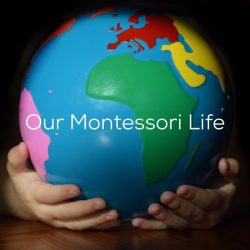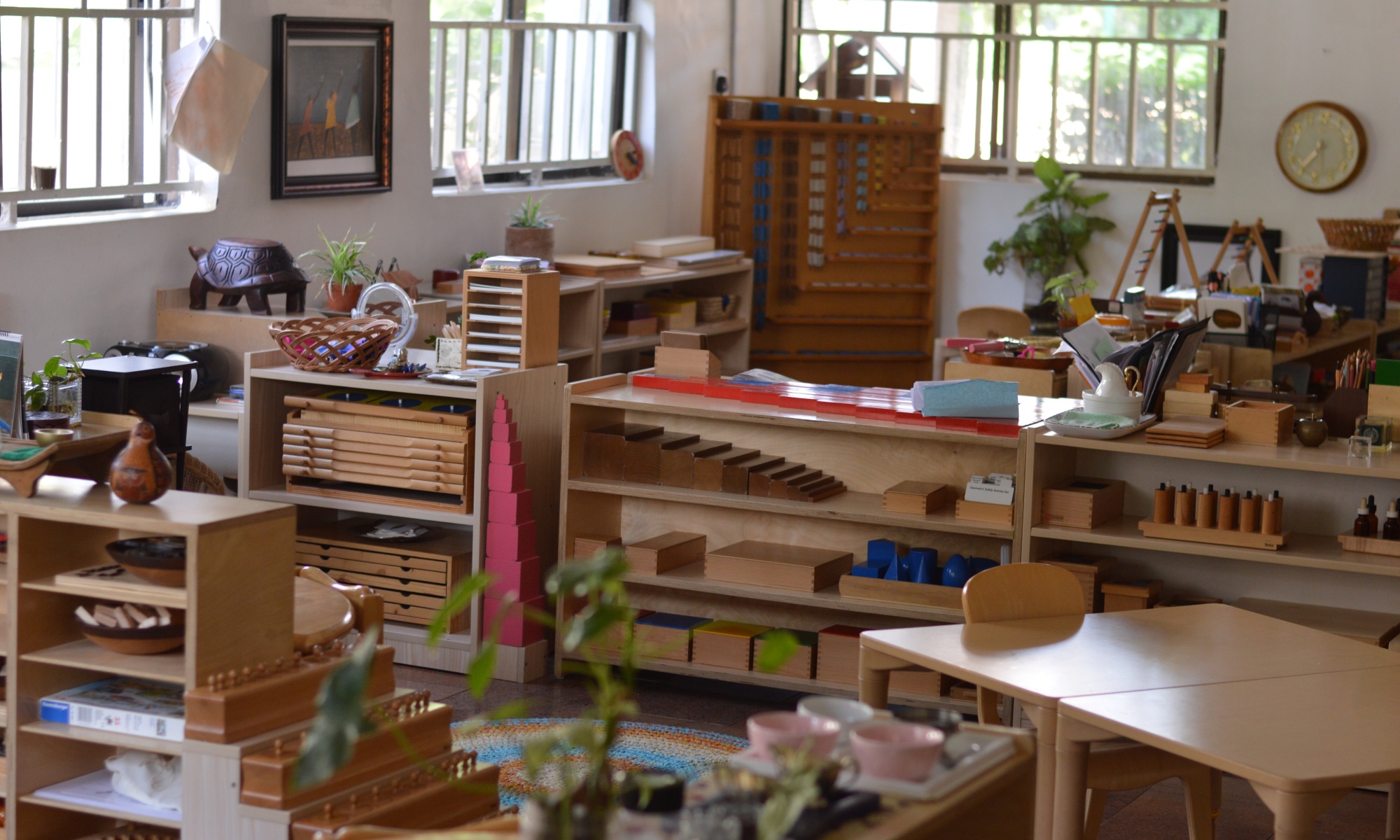We have some long flights coming up next week. We’ve been gathering Montessori compatible items to help Quentin enjoy the trip. When we travel, we keep the shared values of minimalism and Montessori with us.
These are the items in Quentin’s carry on bag this trip.

First an foremost we pack homemade, highly nutritious snacks. Lots of them. Reusable containers, cloth snack backs and leakproof BPA free waterbottles help keep us minimal and zero-waste. Filling water bottles after security mean that all of us stay well hydrated which helps blood circulate, keeps us alert and above all, calm. Not having to think about purchasing food not only helps us stay minimalistic, it honours the child. He can eat or drink when he needs it, just as at home and at school.

A new pencil case and good quality note book coupled with our forever loved Lyra Ferby coloured pencils offer everything from quiet colouring to games and mazes. For minimalists these are the bare bones essentials. They offer multiple options for open ended play.

These Usbourne First Nature Bug cards coupled with Safari Ltd. Insect Toob are going to be something that Quentin will really enjoy. Quentin loves small figurines and even though he is crossing into the Second Plane he is still very much in the Sensitive Period for small objects. Toobs are perfect because they are fairly realistic for the size of the figurine, they are inexpensive and long wearing.
Small animals and matching cards can help a young child sit still and can lead to lots conversations about everything from parts of an animal to biomes. The options are limitless which makes them perfect for packing.

I scoured local bookshops and online stores searching for a sticker/activity book that was Montessori compatible. Regrettably the majority were cartoonish, heavily gender stereotyped and just plain awful. It quickly became clear that the sticker book world has not truly embraced the Montessori world. Even the animal themed ones were much too simple for Quentin. The other hurdle to factor into our unique situation is that Quentin at just turned 5 years old is able to read. At a 9-12 year old level. Searching desperately I stumbled upon this.
It’s absolutely brilliant. It encompasses all of Quentin’s passions. Geography, landmarks, culture. And it’s not childish. Sticker books are fantastic for children who no longer put things in their mouth or for younger children that enjoy the repetition of the fine motor movement with close adult supervision.

We get lots of questions about options for families that want low to zero media for their children. Our favourite answer to this is an IPod shuffle with volume limiting child headphones. We load it up with Quentin’s favourite music currently The Avalanches and also the entire Barber of Seville opera. We also absolutely love audiobooks. There are so many amazing, Montessori compatible children’s audio books. Having the ability to choose his own media and quietly sit listening, helps him stay calm, and keeps him engaged in the journey.
The wallet pictured above is no longer available but it is the best children’s wallet we’ve seen with excellent play cards and money. Setting up the seatback tray, we can easily set up many open ended games with it that take up little space.
All of these items easily fit into Quentin’s backpack found here.
Part of being a minimalist family is that we keep very purposeful and edited wardrobes. Quentin doesn’t have many clothes as we choose to instead spend our money on a few good quality certified organic items rather than filling a closet with cheap alternatives. This makes it incredible easy to pack. He can easily pack his clothes and his Care of Self items into his suitcase which also qualifies as his second carry on bag, eliminating the need for checked luggage.

All of these things are only a small fraction of the bigger picture. Montessori is not about the stuff. It’s about the child. So even with all of these items in his carry ons, without the Prepared Adult, things can easily slip away from Montessori values. Our actions are so much more important than the stuff we buy our children, so here’s our tips for making a plane trip as Montessori friendly as possible:
- Prepare well in advance, and have your child participate in the prep, allowing them to feel like part of the process instead of just being dragged along.
- Get to the airport with plenty of time. A small child needs extra time to walk, observe and process this extremely sensorial environment. They will need to use the bathroom and eat more often. Rushing will not help any situation.
- Most airlines offer early boarding for passengers with young children but we actually prefer not to take it. The less time cramped on the plane the better. We board with general boarding.
- Get up and move. Allow your child to move how they feel comfortable to if it’s safe to do so. Stretches, walks, massages, legs bends in the aisle. People get it. You are travelling with a young child. A walking child is better than a screaming child for everyone. But most especially the child.
- We take the red eye. We fly when our child sleeps. Because if there was ever any hope of them sleeping on a plane it would be at night.
- Take only essentials and you will most likely be able to fly with just carry on, skipping baggage carousel chaos with an overtired child in tow.
Above all else, slowing your pace and following the child will help everyone enjoy the trip. The airport and travel are some of the most stressful times for families. Acknowledging your child’s emotions, physical limitations and interests will go along way to keeping those Montessori values close at hand.

































 We start by acknowledging and empathizing with their feelings and offer our own perspective. Yes Huxley was taken which was horrible and I can see you are very sad and angry. I’m so thankful he was clever enough to escape and find his way back to us.
We start by acknowledging and empathizing with their feelings and offer our own perspective. Yes Huxley was taken which was horrible and I can see you are very sad and angry. I’m so thankful he was clever enough to escape and find his way back to us.





























